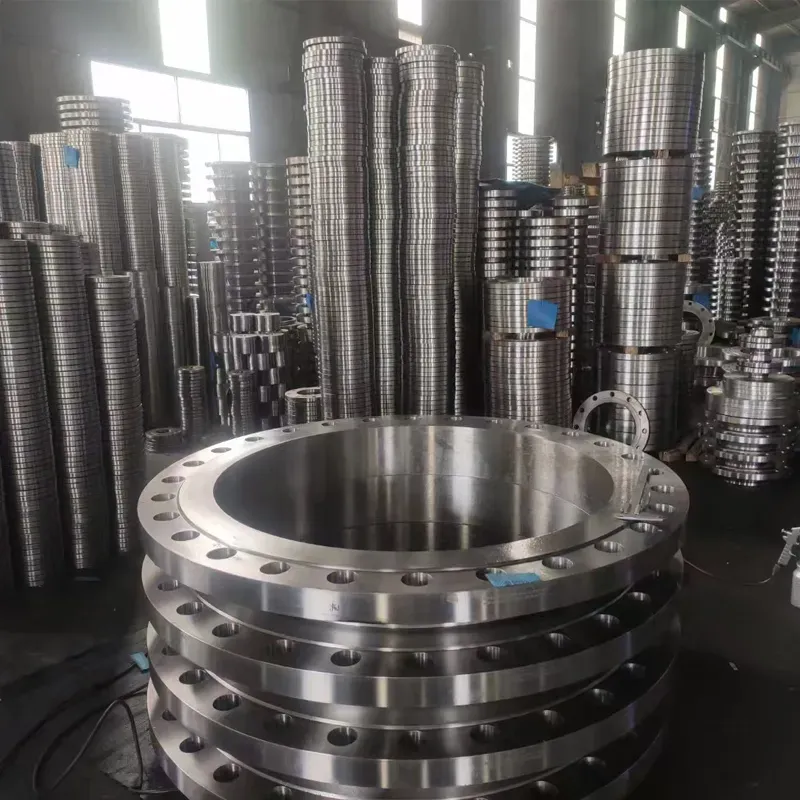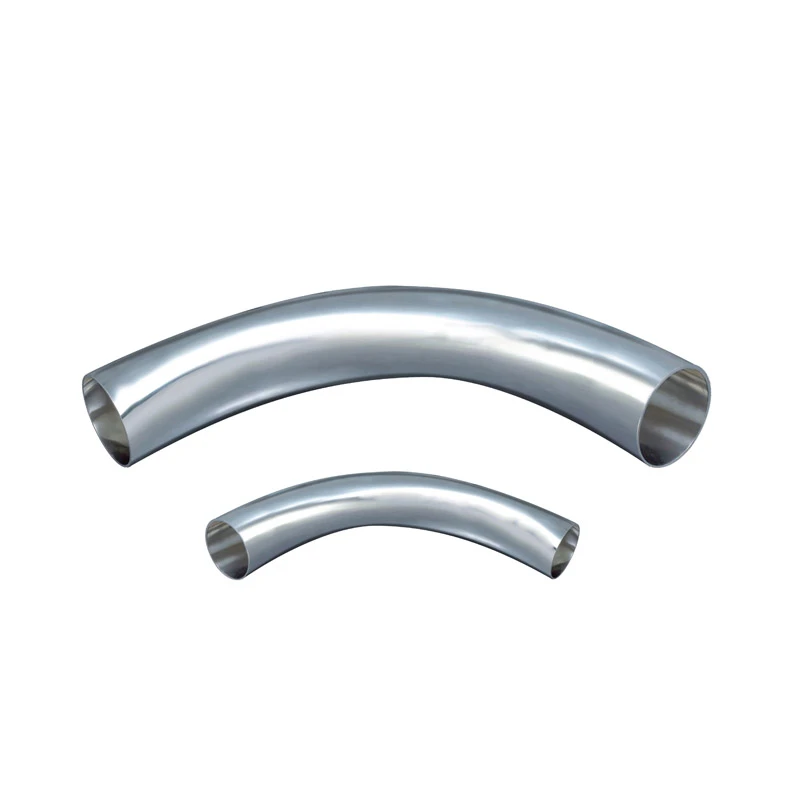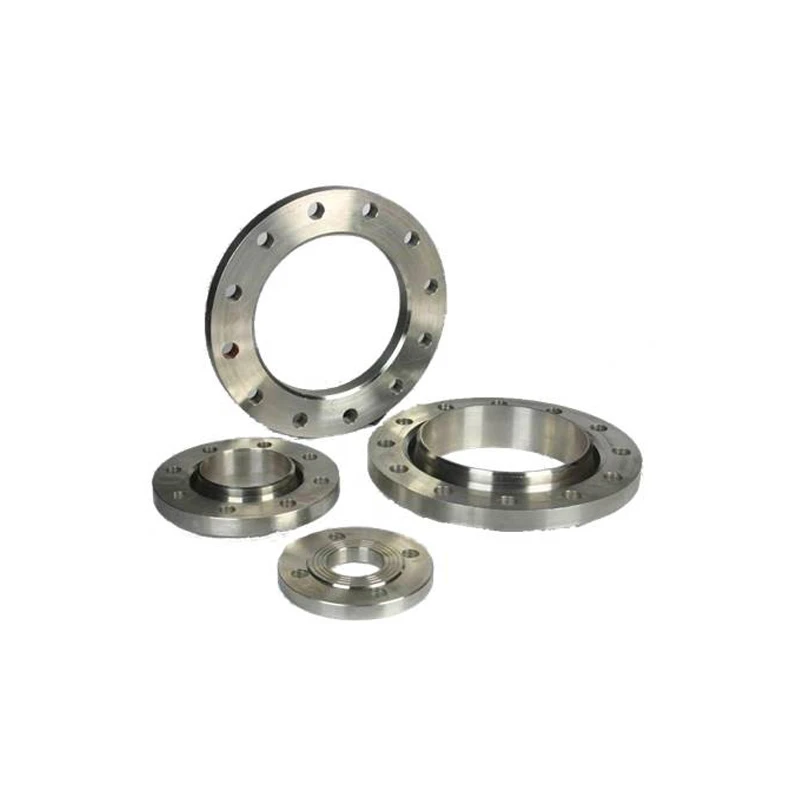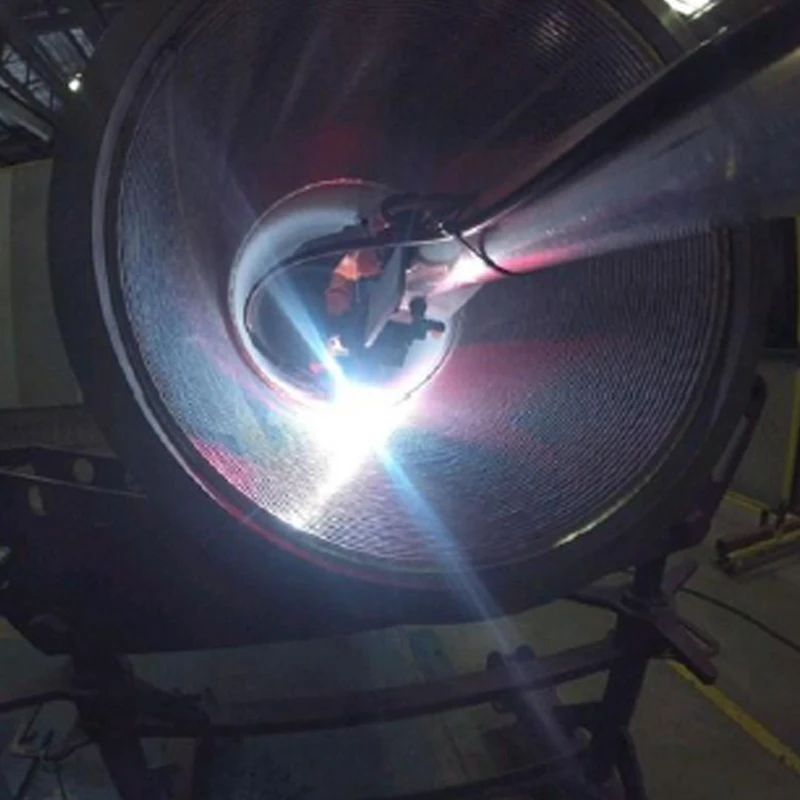Flanges are integral components in piping systems, playing a crucial role in joining pipes, valves, pumps, and other equipment. They provide a secure and leak - proof connection, ensuring the smooth flow of fluids and gases. The different types of flanges, including loose flange, loose toilet flange, male and female flange, male female flange, and manifold flange, each have unique characteristics and applications that are essential to understand for various industries and plumbing projects.

The Adaptability of Loose Flanges
In the realm of piping systems, the loose flange stands out for its flexibility and ease of installation. Unlike other fixed - type flanges, a loose flange is not directly welded or threaded onto the pipe. Instead, it is allowed to rotate freely around the pipe, which makes it particularly useful when aligning bolt holes during assembly. This feature is especially handy in situations where pipes may be subject to thermal expansion and contraction. For instance, in industrial heating systems, where pipes can expand significantly when heated, a loose flange can accommodate the movement without putting excessive stress on the connection. Its design also allows for quick replacement of gaskets, reducing downtime during maintenance.
Addressing Loose Toilet Flange Issues
A loose toilet flange can be a common plumbing problem that homeowners encounter. When a toilet flange becomes loose, it can cause the toilet to rock, leading to leaks at the base. This is not only a nuisance but can also cause water damage to the floor and subfloor. A loose toilet flange can occur due to several reasons, such as improper installation, wear and tear over time, or shifting of the floor. To fix a loose toilet flange, the first step is to remove the toilet carefully. Then, the flange is inspected for any damage. If the flange is simply loose, it can be tightened using bolts or screws. In some cases, if the flange is damaged, it may need to be replaced entirely. Special attention must be paid to ensuring a proper seal when reinstalling the toilet to prevent future leaks.
The Interplay of Male and Female Flanges
Male and female flanges, also referred to as male female flange, work in tandem to create a secure connection. The male flange has a protruding spigot, while the female flange has a recessed socket. When these two flanges are joined, the spigot of the male flange fits snugly into the socket of the female flange, creating a tight seal. This type of flange connection is often used in high - pressure and high - temperature applications where a reliable seal is crucial. For example, in oil refineries, where the flow of hot and pressurized oil and gas needs to be controlled, male and female flanges are commonly employed. The precise fit of the male and female components helps prevent leaks and ensures the integrity of the piping system.
The Functionality of Manifold Flanges
Manifold flanges serve a vital purpose in distributing fluids or gases to multiple outlets. A manifold is essentially a central hub with multiple branches, and the manifold flange is used to connect the main pipe to the various branches. These flanges are designed to handle the distribution of flow efficiently while maintaining a secure connection. In a heating, ventilation, and air - conditioning (HVAC) system, for example, a manifold flange can be used to direct the flow of heated or cooled air to different parts of a building. They are often made from durable materials such as stainless steel or carbon steel to withstand the pressure and temperature variations within the system.
FAQs about Flange Types
How to Prevent a Loose Toilet Flange?
To prevent a loose toilet flange, proper installation is key. Ensure that the flange is firmly attached to the floor and the pipe during installation. Use the appropriate bolts or screws and make sure they are tightened adequately. Additionally, avoid excessive movement or rocking of the toilet, as this can loosen the flange over time. Regularly check the toilet for any signs of instability and address any issues promptly.
What Are the Advantages of Male and Female Flanges over Other Types?
The main advantage of male and female flanges is their ability to provide a highly secure and leak - proof connection. The interlocking design of the male spigot and female socket creates a tight seal, which is ideal for high - pressure and high - temperature applications. They also offer better alignment during installation compared to some other types of flanges, reducing the risk of misalignment and potential leaks.
Can Loose Flanges Be Used in High - Pressure Systems?
While loose flanges offer flexibility, they are generally not recommended for high - pressure systems. High - pressure systems require flanges that can withstand the significant forces exerted on the connection. Fixed - type flanges, such as weld neck or slip - on flanges, are more suitable for high - pressure applications as they provide a more rigid and secure connection. However, in low - pressure or non - critical applications, loose flanges can be a viable option.
How to Select the Right Manifold Flange for a Project?
When selecting a manifold flange, consider factors such as the pressure and temperature ratings of the system, the type of fluid or gas being transported, and the number of outlets required. Ensure that the flange material is compatible with the substance in the system to prevent corrosion. Also, check the flange dimensions and bolt patterns to ensure a proper fit with the existing piping and equipment.
Are There Any Special Installation Requirements for Male and Female Flanges?
Yes, when installing male and female flanges, it is crucial to ensure proper alignment of the male spigot and female socket. The surfaces of both flanges should be clean and free of debris or contaminants to ensure a tight seal. Use the appropriate gaskets and torque the bolts evenly to the recommended specifications to avoid over - tightening or under - tightening, which can lead to leaks.



